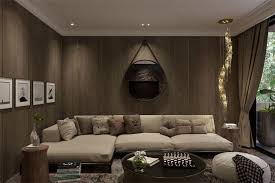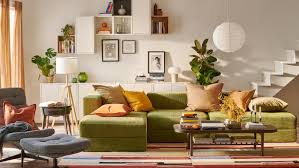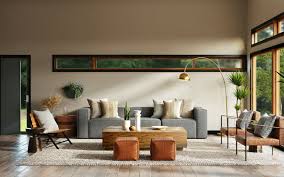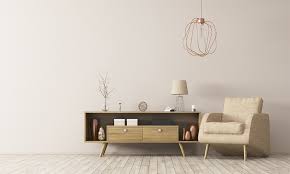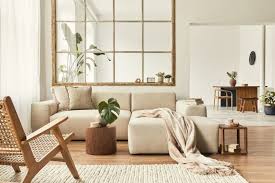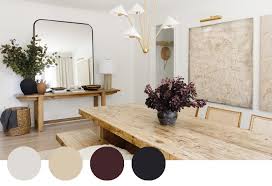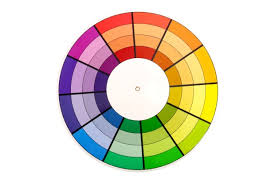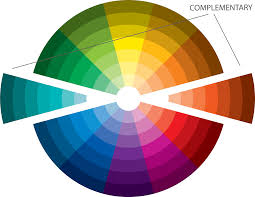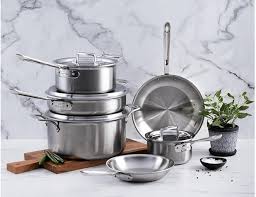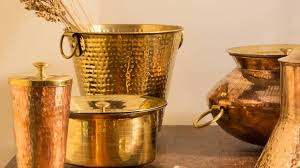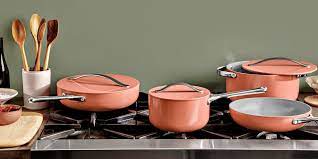Ozempic, a popular medication for managing type 2 diabetes, has recently gained attention for its off-label use as a weight loss aid. While many celebrate the pounds shed with the help of this medication, an unexpected and less welcome side effect has emerged: the so-called “Ozempic face.” This term refers to the appearance of a prematurely aged face following significant weight loss. Let’s explore what Ozempic face is, why it happens, and how to address it.
Contents
Understanding Ozempic and Its Popularity
Ozempic (semaglutide) is an injectable medication that belongs to a class of drugs called GLP-1 receptor agonists. It works by stimulating insulin production and reducing appetite, leading to weight loss. Given the increasing prevalence of obesity and its associated health risks, many people turn to Ozempic as a tool to help them achieve their weight loss goals. However, the excitement over slimming down can be tempered by unexpected changes in one’s facial appearance.

What Is Ozempic Face?
The term “Ozempic face” has been coined to describe the gaunt, hollowed, and sometimes wrinkled look that some individuals experience in their faces after significant weight loss. This phenomenon isn’t unique to Ozempic; it can occur with any substantial and rapid weight reduction. The face is particularly susceptible to changes in volume and structure because it is composed of delicate skin and a layer of fat that provides a youthful plumpness.
Why Does Weight Loss Affect the Face?
The appearance of Ozempic face can be attributed to several factors:
Loss of Facial Fat
One of the most significant changes during weight loss is the reduction of subcutaneous fat. While losing fat around the abdomen and thighs is often desirable, the loss of fat in the face can lead to a drawn, aged appearance.
Skin Elasticity
As we age, our skin naturally loses elasticity and collagen. Rapid weight loss can exacerbate this process, leading to sagging and wrinkles. The skin may not have enough time to adjust to the new contours of the face.
Underlying Health Factors
Some individuals might have underlying health conditions or genetic predispositions that make them more prone to noticeable changes in their facial appearance during weight loss.
Coping with Ozempic Face
If you’re experiencing Ozempic face, there are several approaches to mitigate its effects:
Hydration and Nutrition
Maintaining a balanced diet rich in vitamins and minerals can support skin health. Staying hydrated helps keep the skin plump and elastic.
Skin Care Regimen
Incorporating a good skin care routine that includes moisturizers, serums with hyaluronic acid, and products that boost collagen production can help improve skin texture and appearance.
Professional Treatments
Dermatological treatments such as fillers, laser therapy, and microneedling can restore volume and improve skin elasticity. Consulting with a dermatologist or plastic surgeon can provide personalized solutions.
Gradual Weight Loss
If you’re still in the process of losing weight, consider slowing down the pace. Gradual weight loss allows your skin more time to adapt to changes, potentially reducing the severity of Ozempic face.

Balancing Health and Aesthetics
While Ozempic face can be concerning, it’s essential to balance aesthetic concerns with overall health benefits. Significant weight loss can reduce the risk of numerous chronic conditions, improve mobility, and enhance quality of life. If Ozempic is helping you achieve a healthier weight, the trade-off might be worth it. However, it’s important to address any distress or dissatisfaction with the changes in your appearance.
The Psychological Aspect
Experiencing Ozempic face can have psychological impacts. The sudden change in appearance might affect self-esteem and social interactions. Open communication with healthcare providers, friends, and family can provide emotional support. Counseling or therapy might also be beneficial for those struggling with their new look.
Conclusion
Ozempic face is an intriguing example of the complex relationship between weight loss and appearance. While achieving a healthier weight is undoubtedly beneficial, it can come with unexpected challenges. Understanding why these changes occur and exploring available solutions can help individuals navigate this journey more comfortably. Remember, the ultimate goal is a healthier, happier you—inside and out.









